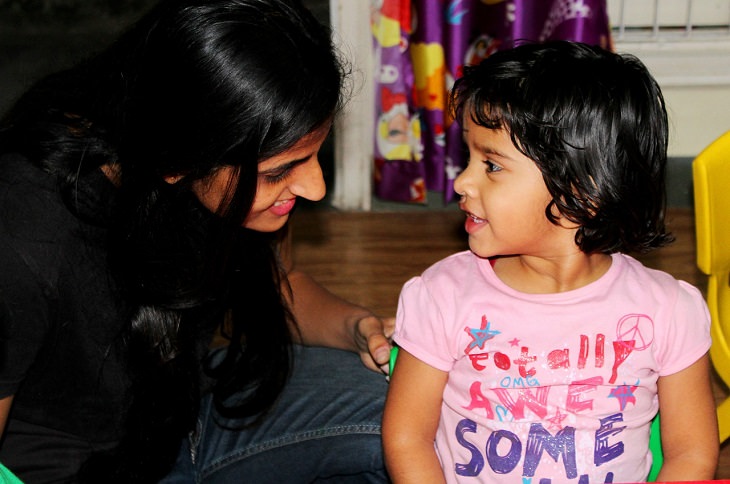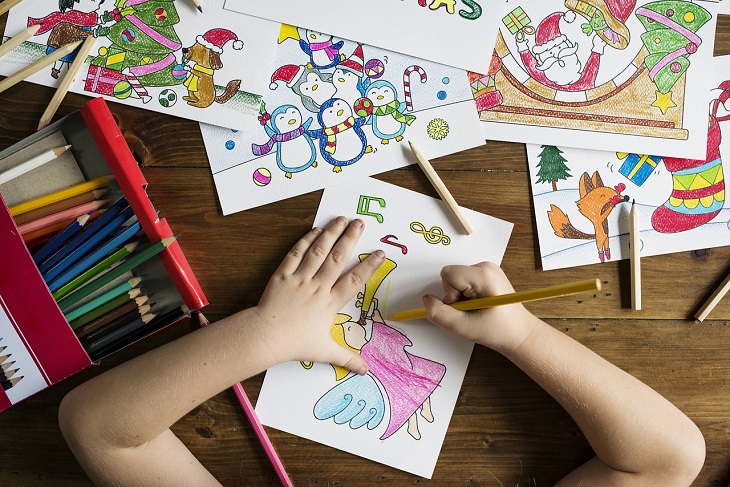
Our kids, whether at school or at home, never stop learning and developing. So what should we as parents do when faced with summer vacation or winter break? How do we support this neverending acquisition of knowledge and life experience? Do we force them to sit at home and hit the books? Surely, no parent or child would agree to that… Do we just let them run wild? That doesn’t sound right either… There is a third option, though - A unique and interesting educational approach that can enable us to continue the educational process in our home in a different way, one that children will easily connect with, and it may raise their imagination and curiosity much more than anything else you’ve tried until today. It is known as the Reggio Emilia approach, and today you’ll learn why and how it can be used to raise curious children who like to think for themselves.

The approach was developed during the '60s and '70s and derives its name from the Italian city where it was developed. A local teacher named Loris Malguzzi, who specialized in psychology and became an educational leader, is considered the father of the system, and he promoted it not only in the small community of the city of Reggio Emilia where he lived but also throughout the region, and from there to all corners of the world.
This unconventional educational approach is so fascinating since it focuses on the child - on the natural curiosity with which they were born, and on the joy of their honest discovery when those who advocate for it call to harness these qualities for the development and education of the child. Instead of learning from a board, solving theoretical exercises and memorizing information, the child learns through involvement, experiences, creativity, and conversation. Instead of a rigid curriculum dictated from higher-ups, it is the child who sets the tone and raises the areas of interest they wish to study. Instead of a teacher who talks to the class and dictates the material, the teacher acts as a mentor who accompanies the children in the learning process and helps them.

As you’ve seen, this educational approach is quite different from what we’ve thought till now about raising and educating children, but it has gained many fans in Italy and around the world. Today, there are classrooms, schools and educational institutions that follow it, as well as teachers and educators who take this approach independently. But because this approach is so open, and places the child's experience and natural environment as the best school, it is much easier and recommended to implement it at home, on holidays and also during school hours. Here are 4 different ways, based on the principles of the approach we presented, with which you can do this:
Children like to ask questions - but instead of providing them with simple answers and excusing them from confronting the topic themselves and the need to delve deeper into the subject, arouse their curiosity to develop out of the box ideas and answers. Even a simple yet puzzling question, such as "Why is grass green?" can help you take your child on a journey of exploration. Instead of answering with a dry, one worded answer, encourage them to come up with ideas and ask them back: "Why do you think the grass is green?" From here you can develop the conversation into a serious discussion or an amusing conversation, and from there to innumerable creative ideas in cooperation with your child. Create works of art that use grass, encourage them to write a short story based on their ideas, or even make up a song together. By acting as mentors and counselors, and exploring the issues your child shows interest in, you can help them explore the issue in a comprehensive, satisfying, and substantial way.
Connect to your child on their journey of exploration and encourage them to explore the many perspectives of our world, to ask questions, to wonder about the meaning of things, and to express genuine curiosity. In an educational institution where educators follow the Reggio Emilia approach, teachers guide students by asking questions and raising interest in children's awareness. To implement this at home, you as parents can follow the inspiration model presented by the approach. Show your children different music styles, different cultures, foods from different cuisines, places to explore and interesting things to do. As soon as something stimulates the child's curiosity, let them lead the conversation further and deepen the subject. Through nurturing learning and acting as faithful and devoted mentors, not as dry gatekeepers of knowledge and information, you will allow your child to explore and think about the world around them.
